Some Of My Favourite Absolutely SICK Facts About The Trappist-1 Exoplanets: - Theyre All Very Close To
some of my favourite absolutely SICK facts about the trappist-1 exoplanets: - theyre all very close to one another and to their star, so the length of a year on them varies from 1 to 20 DAYS - since they’re so close, the star appears a lot bigger than our sun from earth, and from one planet you could easily see the rest, some would even appear bigger than the moon from earth. you could literally see the surface of another planet with a naked eye!!! - they’re tidally locked to their star like our moon is locked to earth, meaning only one side of a planet ever faces the star, and on the other side it’s always night. the sun never sets or rises on any of the planets - the star is red, so the sunlight is red/orange, meaning if, for example, plants were to grow there, they could be black and that’s just what we know now, imagine how much cool stuff we have yet to discover about the trappist-1 system
More Posts from Starlost and Others

lionsinthezoo.com
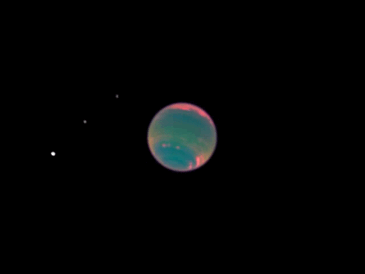
Neptune and its moons (Proteus, Larissa, Despina and Galatea)
Credit: NASA / Hubble (infrared)

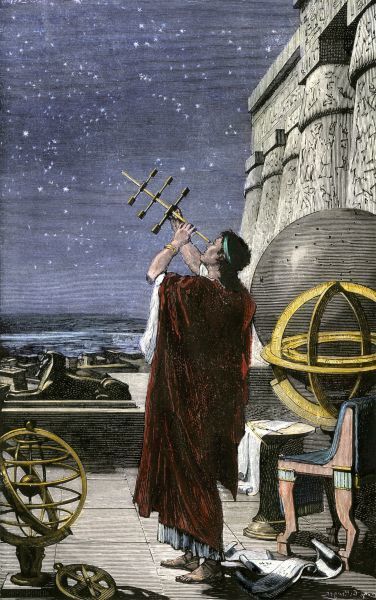



the astronomy students
drawing your own star charts
staying up late to watch a meteor shower
constellations painted on your ceiling
tracking the planets, noting their paths in a pocket-sized journal
an old wool scarf wrapped around your neck to keep out the cold
marveling over photographs of distant galaxies
retelling the stories of Orion and Cassiopeia
the glittering expanse of a cloudless night sky
moonlight shining through gauzy curtains
driving somewhere remote to see the milky way, far from the light pollution of the city
looking for your place in the cosmos
finding comfort in the vastness of the universe, in your own comparative insignificance
a model of the solar system resting on your desk
old sci-fi novels with battered covers
studying the contributions of Copernicus and Al-Battani and Kepler
watching the moon wax and wane
your favorite blanket wrapped around your shoulders
maps of the constellations, illustrated with figures from the associated myths
wondering about life on other worlds
memorizing the constellations, noting how their positions move as the seasons change
a thermos of hot tea
stargazing with friends, gazing up and watching for shooting stars
learning the physics of stars and planets
a fascination with the unknown










Planet Earth, April 16, 1972, as seen from the Apollo 16 spacecraft as it journeyed toward the Moon. (NASA)


NGC 602: Stars vs Pillars © JWST/Hubble
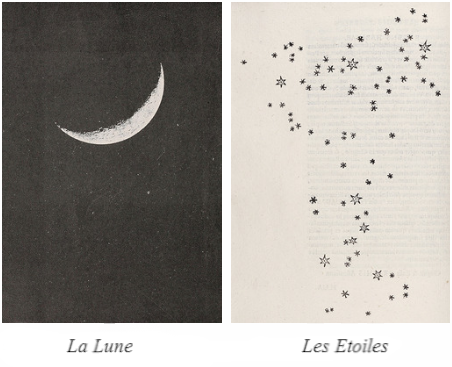
quantum stuff is so freaky to me. I hate hearing about it. it feels like we have gotten down to the level of reality where god didn't think we would actually make it this far and didn't bother to finish tidying everything up.






The second week of Lucky Martian Month is here!
This week’s entry: Surface of Mars
http://www.space.com/47-mars-the-red-planet-fourth-planet-from-the-sun.html
http://www.universetoday.com/14885/mars-surface/
http://www.space.com/16895-what-is-mars-made-of.html
who was the fool who was tasked with naming the galaxy and the only adjective they could think of was ‘mmmmmmmmmmmmilky…’

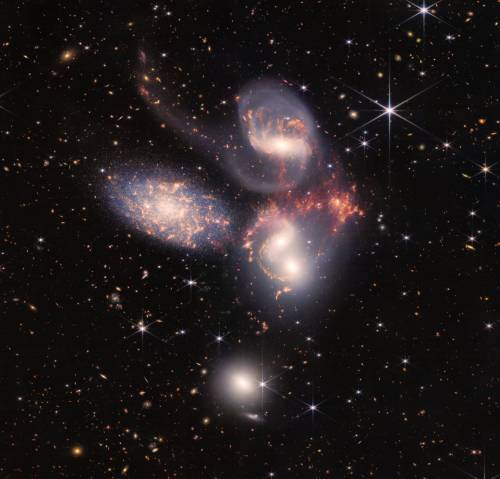
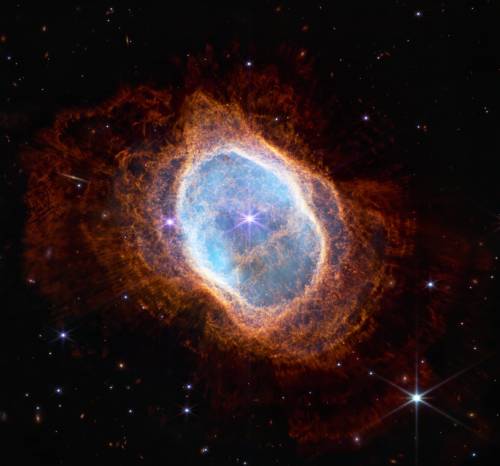
NASA’s Webb Space Telescope Reveals Astounding, Unprecedented Views of the Universe
-
 bitsofsciencelife reblogged this · 2 months ago
bitsofsciencelife reblogged this · 2 months ago -
 imfeelingprettylow reblogged this · 2 months ago
imfeelingprettylow reblogged this · 2 months ago -
 scalesandtailsandteeth liked this · 2 months ago
scalesandtailsandteeth liked this · 2 months ago -
 silentstep liked this · 1 year ago
silentstep liked this · 1 year ago -
 setnet reblogged this · 1 year ago
setnet reblogged this · 1 year ago -
 levitatingrain reblogged this · 1 year ago
levitatingrain reblogged this · 1 year ago -
 levitatingrain liked this · 1 year ago
levitatingrain liked this · 1 year ago -
 pardon-my-obsessive-tendencies reblogged this · 1 year ago
pardon-my-obsessive-tendencies reblogged this · 1 year ago -
 pardon-my-obsessive-tendencies reblogged this · 1 year ago
pardon-my-obsessive-tendencies reblogged this · 1 year ago -
 cursed--alien reblogged this · 1 year ago
cursed--alien reblogged this · 1 year ago -
 pluviositea reblogged this · 1 year ago
pluviositea reblogged this · 1 year ago -
 pluviositea liked this · 1 year ago
pluviositea liked this · 1 year ago -
 eprbxj liked this · 1 year ago
eprbxj liked this · 1 year ago -
 eprbxj reblogged this · 1 year ago
eprbxj reblogged this · 1 year ago -
 cursed--alien reblogged this · 1 year ago
cursed--alien reblogged this · 1 year ago -
 squad51goals liked this · 1 year ago
squad51goals liked this · 1 year ago -
 fanficphoenixed reblogged this · 1 year ago
fanficphoenixed reblogged this · 1 year ago -
 fanficphoenixed liked this · 1 year ago
fanficphoenixed liked this · 1 year ago -
 acinongalli liked this · 1 year ago
acinongalli liked this · 1 year ago -
 quarentinewithdaze liked this · 1 year ago
quarentinewithdaze liked this · 1 year ago -
 wings-scales-fire reblogged this · 2 years ago
wings-scales-fire reblogged this · 2 years ago -
 neuro-lab liked this · 2 years ago
neuro-lab liked this · 2 years ago -
 ridazzle liked this · 2 years ago
ridazzle liked this · 2 years ago -
 ridazzle reblogged this · 2 years ago
ridazzle reblogged this · 2 years ago -
 whyareallthepennamestaken reblogged this · 2 years ago
whyareallthepennamestaken reblogged this · 2 years ago -
 amethysteduvide liked this · 2 years ago
amethysteduvide liked this · 2 years ago -
 blueliferedsoul liked this · 2 years ago
blueliferedsoul liked this · 2 years ago -
 thvnderstcrm reblogged this · 3 years ago
thvnderstcrm reblogged this · 3 years ago -
 n-e-m-u-s liked this · 3 years ago
n-e-m-u-s liked this · 3 years ago -
 cmdthenerd liked this · 3 years ago
cmdthenerd liked this · 3 years ago -
 ciitrus--fruitz reblogged this · 3 years ago
ciitrus--fruitz reblogged this · 3 years ago -
 jovianian reblogged this · 3 years ago
jovianian reblogged this · 3 years ago -
 feketeribizli liked this · 3 years ago
feketeribizli liked this · 3 years ago -
 myaamango liked this · 3 years ago
myaamango liked this · 3 years ago -
 csillag-juhasz reblogged this · 3 years ago
csillag-juhasz reblogged this · 3 years ago

andrei, he/him, 21, made this at 14 when i was a space nerd but i never fully grew out of that phase so,,,,..,hubble telescope + alien life + exoplanet + sci fi nerd
245 posts